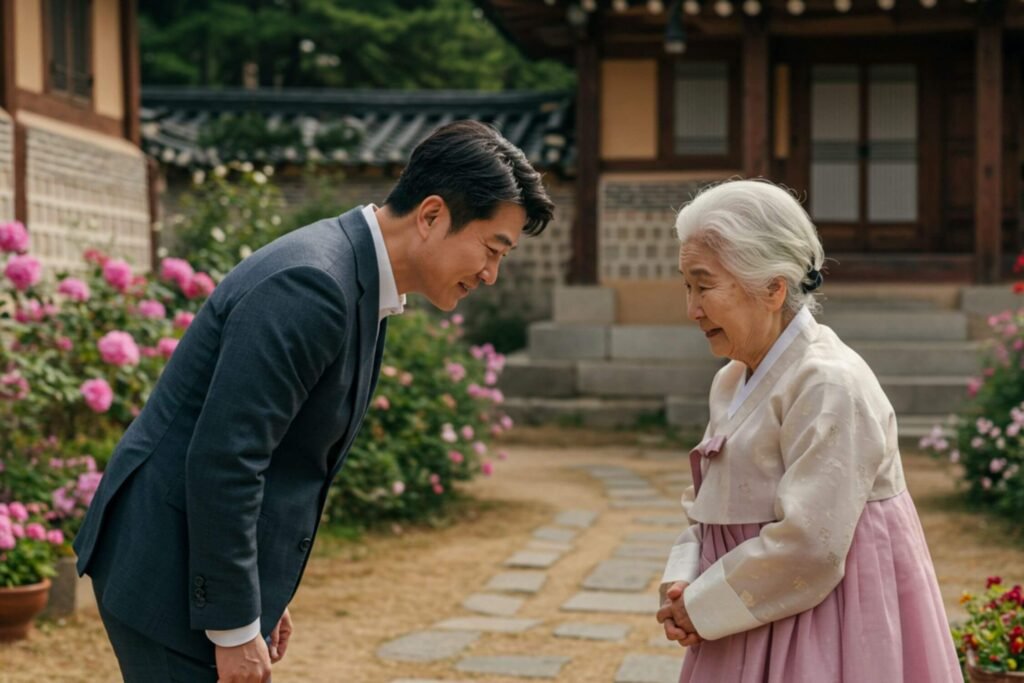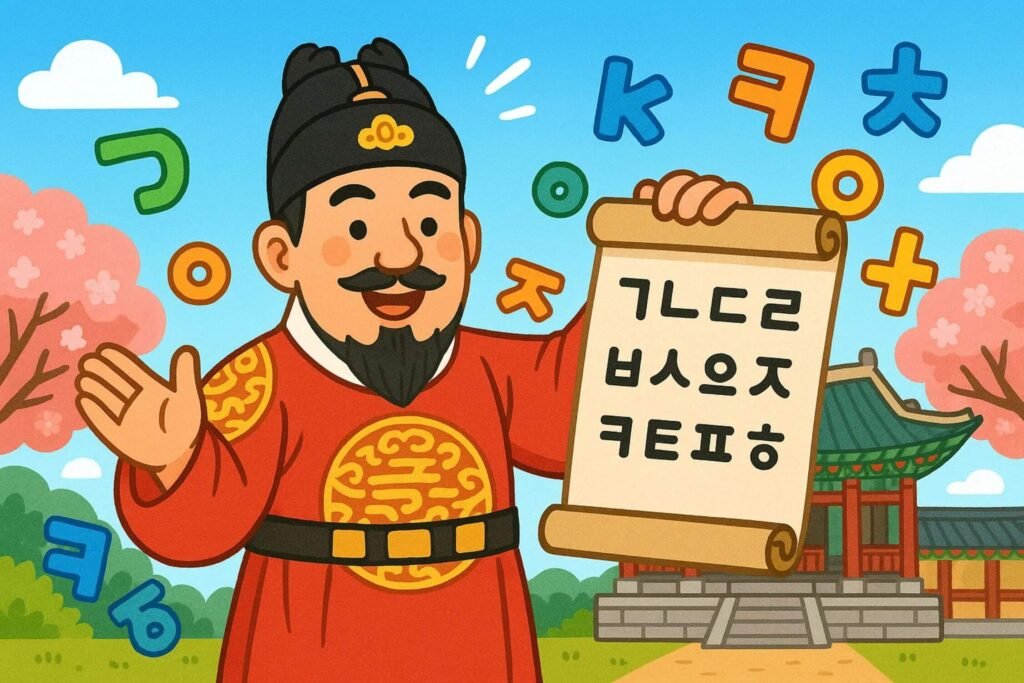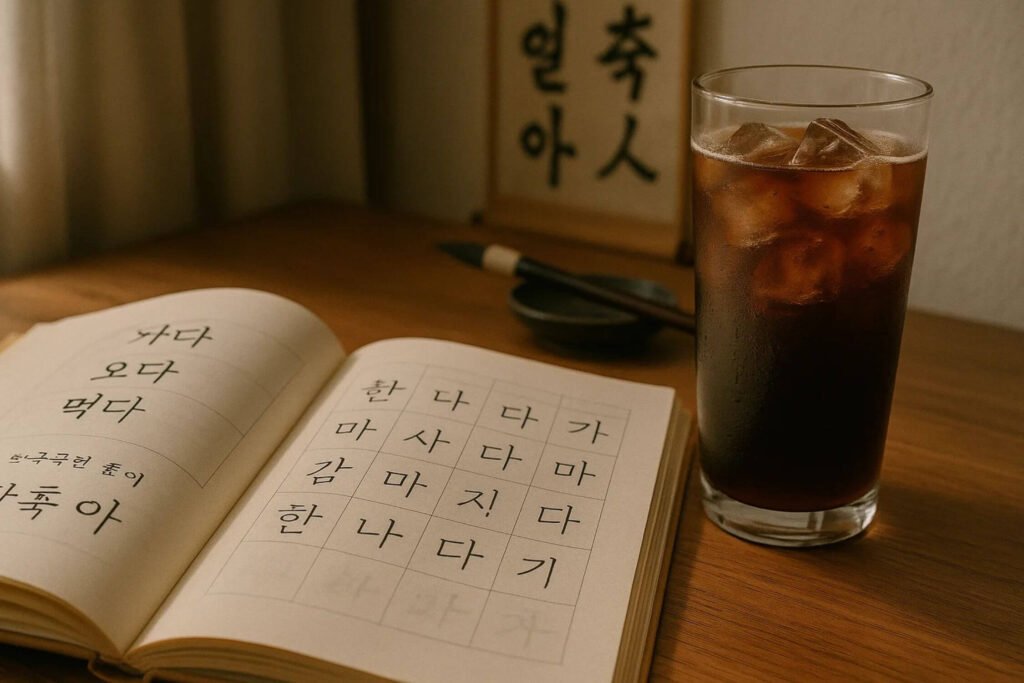South Korea is globally recognized for its cutting-edge technology, vibrant pop culture, and fast-paced urban life. However, beneath this modern exterior lies a deep-rooted respect for traditions that have been passed down for generations. From ancestral rites to cultural etiquette, traditional Korean customs continue to shape the everyday lives of Koreans, even in today’s high-tech society.
Whether you’re planning to visit South Korea or simply fascinated by its culture, understanding these customs offers valuable insight into how the past continues to influence the present. Here are 10 traditional Korean customs that are still very much alive in modern-day Korea.
1. Bowing as a sign of respect
Bowing remains one of the most visible and enduring customs in Korean society. It is used as a greeting, a show of gratitude, and a sign of respect across all age groups and social settings. Whether you’re meeting someone for the first time, thanking a friend, or even passing a stranger in a hallway, a slight bow of the head or torso is a subtle yet significant gesture.
In business settings, deeper bows are exchanged, especially when meeting someone of higher rank or age. While handshakes are becoming more common, especially among younger generations and during international interactions, they are often combined with a bow, preserving this essential part of Korean etiquette.
2. Celebrating Seollal (Lunar New Year)
While the Western New Year is widely recognized in Korea, Seollal, the Lunar New Year, remains one of the most important holidays in the country. Families gather from all over to pay respects to their ancestors through a ritual called charye, where food is laid out in a ceremonial manner and formal bows are performed.
Modern celebrations might include travel delays, crowded highways, and pre-made food sets from department stores, but the spirit of honoring one’s roots and reconnecting with family has not changed. Even tech-savvy younger Koreans take pride in donning traditional hanbok and participating in ancestral rites.
3. Confucian respect for elders
Confucian values are deeply woven into Korean social norms, especially when it comes to respecting elders. Age hierarchy plays a significant role in how people address one another, share meals, and communicate. Younger people pour drinks for their elders with two hands, use honorific speech, and often wait for the oldest person at the table to begin eating first.
In the modern workplace, schools, and even friendships, age-based respect continues to guide social interactions. Even digital platforms like KakaoTalk reflect this custom, where younger people often use formal language in messages to those older than them.
4. Jesa (ancestral memorial rites)
Despite South Korea’s rapid modernization and a rise in secular lifestyles, jesa, the traditional ancestral memorial rite, is still widely practiced. Held during major holidays like Seollal and Chuseok, or on the death anniversary of a family member, jesa involves preparing specific foods and performing ritual bows in memory of deceased ancestors.
Although some families opt for simplified ceremonies or even memorial services at public facilities, the essence of jesa remains unchanged. It’s a poignant reminder of Korea’s deep spiritual ties to family and heritage, even in today’s urbanized society.
5. Traditional wedding ceremonies
Modern Korean weddings often blend Western and Korean traditions. While white gowns and tuxedos are common, many couples still include a traditional paebaek ceremony. This ritual typically takes place after the main ceremony and involves the bride wearing a hanbok and bowing deeply to the groom’s parents.
Chestnuts and dates are exchanged to symbolize fertility, and elders offer words of wisdom. Even if it’s just a small segment of the day, the paebaek ceremony serves as a meaningful connection to Korea’s matrimonial heritage.
6. Use of hanbok in special occasions
Although everyday wear has transitioned to modern clothing, the hanbok—a traditional Korean dress—still holds cultural significance. Koreans wear hanbok during key celebrations such as Seollal, Chuseok, weddings, first birthdays (known as doljanchi), and even university graduations.
Contemporary designs of hanbok are becoming more popular, blending tradition with fashion-forward aesthetics. This resurgence reflects national pride and a renewed appreciation for Korean heritage, especially among younger generations.
7. Respectful dining etiquette
Korean mealtimes are guided by customs that emphasize harmony and respect. For instance, starting a meal without waiting for the eldest person is considered impolite. Pouring drinks for others, especially elders, using both hands, is another gesture of respect still observed widely.
Even with the fast-paced lifestyle of modern Korea, these dining etiquettes remain embedded in daily life. They’re not just about formality; they reflect deep-seated values of community, humility, and mutual respect.
8. Chuseok (the Korean harvest festival)
Known as Korea’s version of Thanksgiving, Chuseok is a major national holiday marked by rituals, food, and family reunions. Much like Seollal, it involves traveling back to one’s hometown, performing ancestral rites, and sharing songpyeon (half-moon-shaped rice cakes).
Despite urban migration and changing family structures, the essence of Chuseok remains intact. Families still honor their ancestors and spend time together, making this holiday a perfect blend of tradition and modernity.
9. Doljanchi (first birthday celebration)
The first birthday of a child, or doljanchi, is a cherished event in Korean culture. While some customs have modernized, the tradition of dressing the baby in a hanbok and conducting the doljabi ceremony continues. In this ritual, the baby is presented with various objects, such as a pencil, money, or a stethoscope, and whichever item they grab is believed to predict their future.
Even in today’s digital world, parents still host doljanchi parties, often renting venues, hiring photographers, and sharing the moment on social media. Despite the modern twists, the tradition remains rooted in cultural symbolism and familial joy.
10. The philosophy of jeong
Perhaps one of the most intangible yet powerful customs still present in Korean society is the concept of jeong. Jeong is a uniquely Korean emotional bond that transcends rational relationships. It’s a deep sense of attachment and loyalty that develops over time, whether with family, friends, coworkers, or even places.
Jeong influences how Koreans care for one another, treat strangers, and maintain long-lasting connections. Though it’s not a ritual or event you can observe like Seollal or jesa, jeong permeates Korean life, shaping the way people interact on a deeply emotional level.
Bottom line
Korean culture is a unique tapestry of old and new, where ancient customs coexist seamlessly with modern lifestyles. Whether it’s bowing to greet a colleague, performing ancestral rites, or wearing hanbok during holidays, these traditions offer a glimpse into Korea’s soul.
As a traveler or enthusiast of Korean culture, understanding these customs not only enriches your experience but also shows respect to a society that deeply values its roots. So the next time you see someone bow, wear a hanbok, or talk about jeong, you’ll know that you’re witnessing a living tradition—one that continues to shape Korean identity in the 21st century.



